LEARN STOCHASTIC INDEX IN 3 MINUTES – BLOCKCHAIN 101
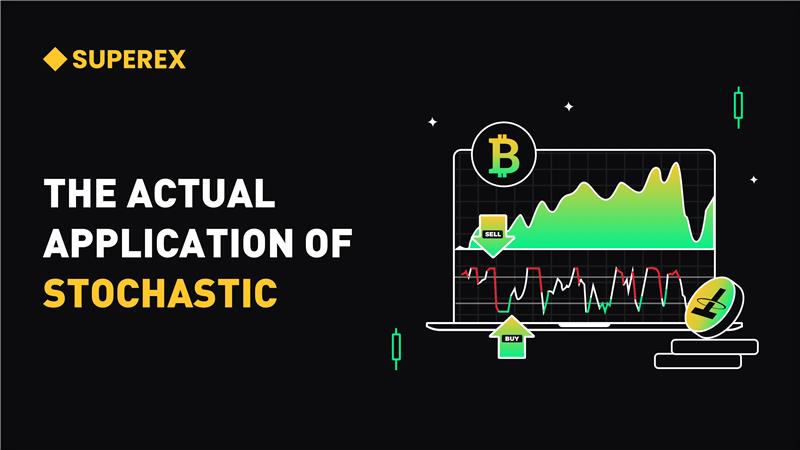
The Stochastic Oscillator is one of the most widely used tools in technical analysis, designed to measure momentum by comparing an asset’s closing price to its price range over a specified period. First developed by Dr. George Lane in the 1950s, it has since become a staple for traders seeking to identify overbought and oversold conditions, trend reversals, and price momentum. This article will delve into the core components of the Stochastic Oscillator, how it works, key trading strategies, and its limitations, providing a comprehensive overview of this powerful indicator.

What is the Stochastic Oscillator?
The **Stochastic Oscillator** is a momentum indicator that oscillates between 0 and 100, indicating the closing position of an asset’s price relative to its high-low range over a specific time frame. The premise behind the indicator is that in an uptrend, prices tend to close near their high, and in a downtrend, they tend to close near their low. Therefore, the oscillator helps traders assess where prices are in relation to recent highs and lows, which can indicate potential reversals.
The Stochastic Oscillator has two main lines:
1. %K line: This is the primary line, calculated based on the high, low, and close over the selected period.
2. %D line: A moving average of the %K line, typically calculated over three periods, which smooths out the data and makes it easier to spot trends.
Calculating the Stochastic Oscillator
To understand how the indicator works, let’s look at its calculation:
1. First, determine the highest high and the lowest low over the given period (often 14 periods).
2. Use the formula:
%K=(Current Close−Lowest Low)/(Highest High−Lowest Low)*100
3. Calculate the %D line, which is usually a 3-day moving average of the %K.
The result gives an oscillator that moves between 0 and 100:
Values above 80 are generally considered overbought, suggesting that the asset may be due for a pullback.
Values below 20 indicate oversold conditions, implying that a reversal to the upside could be on the horizon.
How to Use the Stochastic Oscillator in Trading
The Stochastic Oscillator is versatile and can be applied in various ways, depending on the trading style and objectives. Here are some common strategies:
1. Identifying Overbought and Oversold Conditions
Traders commonly use the overbought and oversold levels (80 and 20) to determine potential reversals:
Overbought: When the %K line rises above 80, it suggests that the asset may be overvalued, and a downtrend could follow.
Oversold: When the %K line falls below 20, it signals that the asset may be undervalued, and a potential rally may occur.
However, it is essential to note that overbought and oversold readings do not always result in immediate reversals. They indicate conditions where a reversal is possible but not guaranteed.
2. Crossover Signals
Another popular strategy is to use the **crossover of the %K and %D lines** to generate buy and sell signals:
Bullish Crossover: When the %K line crosses above the %D line, especially in the oversold region (below 20), it suggests a buy signal.
Bearish Crossover: When the %K line crosses below the %D line, particularly in the overbought region (above 80), it signals a potential sell.
Crossover signals can be more reliable when combined with other technical indicators or trend confirmation methods, as they often generate false signals in volatile markets.
3. Divergence Trading
Divergence occurs when the Stochastic Oscillator’s movement contradicts the price action, indicating a potential reversal:
Bullish Divergence: If the price forms lower lows while the oscillator forms higher lows, it suggests that momentum is shifting upward, potentially leading to a price increase.
Bearish Divergence: When the price makes higher highs, but the oscillator shows lower highs, it indicates weakening momentum and a possible trend reversal.
Divergence is often considered a strong signal, but it’s advisable to use additional confirmation indicators or chart patterns to validate the trade.
4. Using Stochastic with Other Indicators
The Stochastic Oscillator works well in conjunction with other indicators like **Moving Averages**, **Relative Strength Index (RSI)**, and **Bollinger Bands**:
Moving Averages: Combining Stochastic with moving averages can help filter out signals that go against the main trend.
RSI: Both are momentum indicators but are calculated differently. When both indicate overbought or oversold conditions, it strengthens the signal.
Bollinger Bands: Stochastic combined with Bollinger Bands can signal potential breakouts when the price is at the upper or lower band and the oscillator confirms overbought or oversold levels.
Advantages of the Stochastic Oscillator
The Stochastic Oscillator is favored by traders due to its simplicity and versatility:
Effective in Range-Bound Markets: The oscillator performs well in sideways markets where it can highlight turning points based on overbought and oversold levels.
Quick Signal Generation: Its rapid response to price changes makes it suitable for short-term traders who want timely signals.
Applicable to Multiple Timeframes: It can be used across various timeframes, from intraday to daily or weekly, allowing traders to adapt it to their preferred style.
Limitations of the Stochastic Oscillator
While the Stochastic Oscillator is a valuable tool, it has certain limitations:
1. False Signals in Strong Trends: In strong bullish or bearish trends, the Stochastic Oscillator can remain overbought or oversold for extended periods, leading to misleading signals.
2. Lagging Indicator: As a lagging indicator, the oscillator reflects past price action and may not always accurately predict future movements.
3. Subject to Whipsaws: Particularly in volatile markets, the oscillator can generate numerous whipsaws, resulting in losses for traders relying solely on its signals.
Practical Tips for Using the Stochastic Oscillator
Use in Combination with Trend Analysis: In trending markets, consider using the Stochastic Oscillator in conjunction with trend indicators like Moving Averages. For instance, only take buy signals in uptrends and sell signals in downtrends.
Adjust Timeframes Based on Market Conditions: In highly volatile markets, shorter timeframes might produce more noise. It can be helpful to experiment with different settings based on the asset’s volatility.
Backtest and Paper Trade: Before implementing any strategy, backtesting and paper trading can help assess the effectiveness of the Stochastic Oscillator settings and ensure compatibility with the chosen asset and market conditions.
Conclusion
The Stochastic Oscillator remains a widely used tool in the trader’s toolkit for identifying potential reversal points and gauging momentum. By understanding the key concepts and applying strategies like overbought/oversold signals, crossovers, and divergence, traders can gain insights into price momentum and potential reversal points. However, as with any indicator, it’s essential to combine it with other analysis methods to avoid false signals and maximize effectiveness.
Used thoughtfully, the Stochastic Oscillator can offer significant benefits in spotting profitable opportunities in both range-bound and trending markets, making it an indispensable asset for both novice and experienced traders.



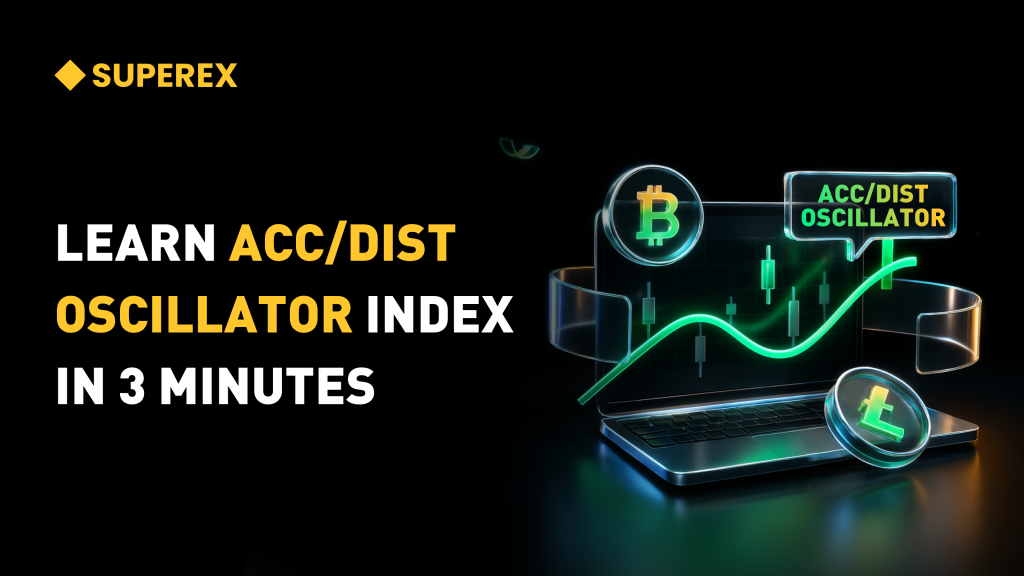
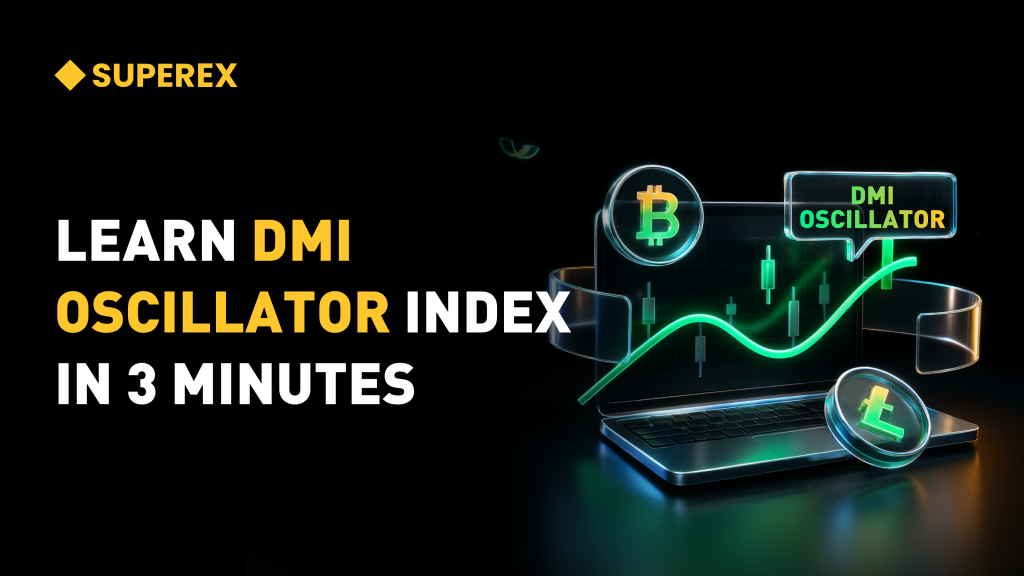
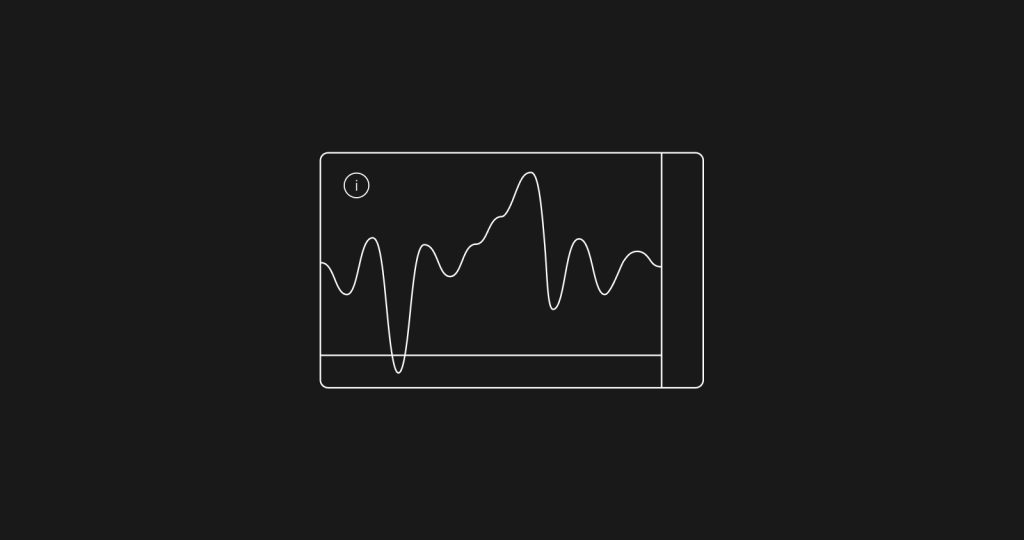
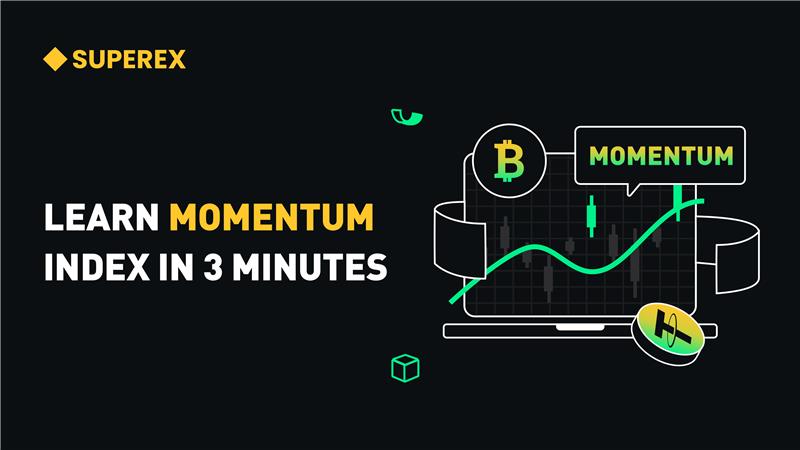
Responses